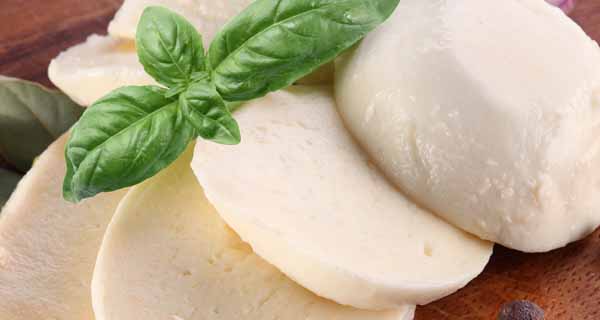
Italy is one of the main players of the world dairy industry: the national production combines quality and volumes. And tradition also. This cheese-making is testified by 46 PDO cheese produced in Italy out the total 181 PDO cheese recorded in Europe. Considering the numbers of the dairy sector, showed at the World Dairy Forum 2014, we find that it counts 2.000 companies and provides jobs to nearly 25.000 people. The dairy sector is the Italian first food division with a turnover of 15.000 billion Euros, with export sales of 2 billion Euros.
In Italy 321.989 tons of cheeses are exported, nearly two billions in value, with a record grow both in volume and in value thus confirming a positive balance of trade for dairy products. These important figures were achieved with difficulty and were based on the quality and the reputation of Italian cheese production. Italian dairy industry produces a great variety of traditional cheese, all of them unique in their nutritional characteristic and processing technique. Grana Padano is the most exported and Parmigiano Reggiano the most imitated. Mozzarella occupies the first place as far as volume is concerned followed the two most popular PDO cheese in the world.
EU-28 dairy products export is the 73, 5% of the total share. Unfortunately, EU export success is a cold comfort; firstly because it does related to all sectors of the industry and secondly because the internal market absorbs more than 70% of the production. And the 10,7 million tonnes of raw milk collected cover only 87% of the needs of processing companies. Every year Italy imports nearly 2 million tonnes of milk for processing.
There are also areas to improve and gap to be filled, which prevents economic recovery and dairy business to express its great potential. Global crisis is a challenge for dairy industry. Italy main Italian exported cheese are Mozzarella and others fresh cheese, but also Grana Padano PDO, Parmigiano Reggiano PDO, Pecorino Romano PDO, Gorgonzola and Provolone.
Specifically concerning milk industry, there are critical points to be cleared. It is the ancient problem of milk cost, its raw material for excellence that has been always among the highest in the world. The price is highest ever, but it seems sufficient to ensure an adequate income for milk producers till now because of their production costs. Why over many years, nobody has ever accepted the proposal to work together to analyze the causes of the costs, remove inefficiencies, become more competitive? The answer deals with a sensitive subject which involves industry legislation which bridles business and rises controversies among producers and consumers.
